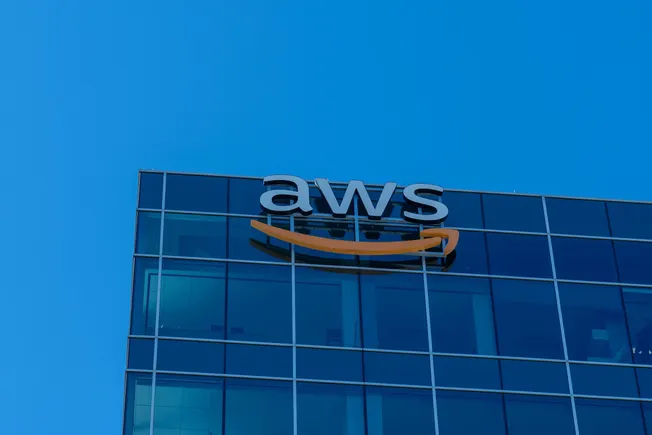The internet experienced a massive global outage on Monday when Amazon Web Services (AWS)—one of the world’s largest cloud computing platforms—went offline for several hours. The disruption affected thousands of major websites and apps, including banking systems, social networks, airline booking platforms, and e-commerce sites. Millions of users, particularly across the US East Coast, found themselves unable to access critical services, from mobile payments to essential work applications.
This widespread downtime served as yet another reminder of how dependent modern society has become on centralized cloud infrastructure. When a provider as dominant as AWS faces an issue, the ripple effect can bring the online world to a near standstill.
Although AWS and its peers, like Microsoft Azure and Google Cloud, are built for high reliability, the internet itself remains an intricate ecosystem. It relies on countless interconnected systems—each one vulnerable to glitches or breakdowns. Early assessments suggest that Monday’s issue originated with a service that translates website names into IP addresses, a crucial step that allows apps and sites to “find” the servers they need to connect to.
Understanding the Root of the Problem
While the exact cause remains under investigation, experts believe the issue was linked to Amazon’s Domain Name System (DNS) service. The DNS acts as the internet’s address book, converting user-friendly URLs into numerical IP addresses that machines can process. When it fails, even temporarily, websites become unreachable, regardless of whether the data itself is safe.
Cybersecurity expert Rob Jardin, chief digital officer at NymVPN, said there’s no indication the outage was caused by a cyberattack. “It appears to have been a technical malfunction affecting one of Amazon’s key data centers,” he explained. Jardin emphasized that the internet was originally designed to be decentralized, yet much of today’s digital infrastructure is concentrated within a few major cloud regions. “When one of those regions experiences an error, the consequences are immediate and widespread,” he added.
These outages are not unprecedented. Similar incidents have occurred due to faulty software updates, incorrect code deployment, or compatibility failures with third-party systems. Although rare, fiber cuts and cyberattacks can also trigger large-scale disruptions.
A Growing Concern for Global Dependence
Experts say that the frequency of such outages exposes a larger problem: a lack of redundancy and diversity in the online ecosystem. Many businesses rely solely on one cloud provider to handle their entire operation. This “all eggs in one basket” approach means that when a single provider falters, the effects cascade across multiple industries.
AWS, which hasn’t faced a disruption of this magnitude since 2021, acknowledged that the issue affected several of its core services, including DynamoDB and EC2—key tools used by companies to manage data and run digital applications. By mid-morning, Amazon confirmed it had resolved the DNS issue and advised customers to clear their cache to restore access faster.
While the outage lasted only a few hours, it underscored how even short disruptions can paralyze the digital economy. In a world increasingly powered by cloud computing, one small glitch can feel like a global blackout.




